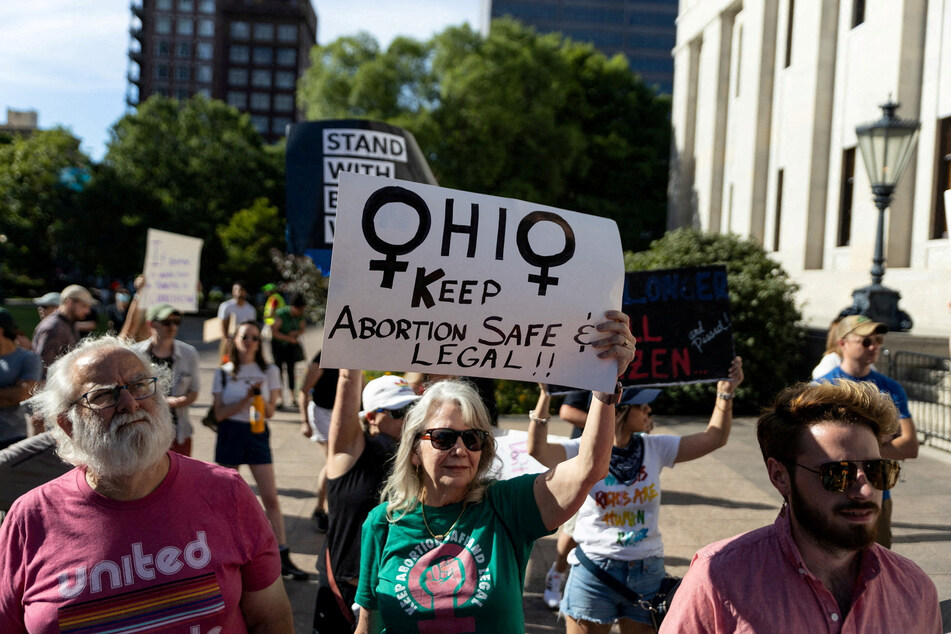Ohio Supreme Court leaves controversial abortion referendum language in place
Columbus, Ohio - Ohio's high-stakes abortion rights referendum is moving forward – but with very misleading language on the ballot.

This November 7, Ohioans across the state will participate in a referendum on enshrining access to abortion in the state constitution, known as Issue 1.
The referendum comes after residents in August rejected a ballot measure to increase the percentage needed to pass ballot initiatives from a simple majority vote to 60%. The effort was widely recognized as an attempt to undermine popular policy priorities like protecting abortion access and raising the minimum wage.
Issue 1 now has a much higher chance of passage, but that isn't stopping opponents from pursuing other means of influencing the election, including through the language of the ballot measure itself.
Ohio's Republican-majority ballot board, charged with setting official ballot language, voted 3-2 to put a summary of the amendment before voters, one that repeatedly substitutes the word "fetus" for "unborn child."
The text states that passing Issue 1 will "always allow an unborn child to be aborted at any stage of pregnancy, regardless of viability" if a doctor deems an abortion necessary to protect a "pregnant woman's life or health."
Ohio Supreme Court weighs in on "misleading" abortion ballot language

Ohioans United for Reproductive Rights, which advocated for showing voters the entire amendment, filed suit over the ballot board's decision, arguing it "aims improperly to mislead Ohioans and persuade them to oppose the amendment."
But the conservative-majority Ohio Supreme Court on Tuesday largely upheld the summary and said it was only misleading because it referred to "citizens of the state." The justices ordered the ballot board to adapt the summary to clarify that the abortion referendum will regulate the state government, not everyday people.
"This should have been simple, but the Ohio ballot board tried to mislead voters yet again," Lauren Blauvelt, a spokesperson for Ohioans United for Reproductive Rights, told The Guardian. "Issue 1 is clearly and concisely written to protect Ohioans’ right to make our own personal healthcare decisions about contraception, pregnancy and abortion, free from government interference. The actual amendment language communicates that right clearly and without distortion."
The outcome of the November referendum could determine the fate of Ohio's temporarily frozen six-week abortion ban, which took effect after the fall of Roe v. Wade.
Cover photo: REUTERS
